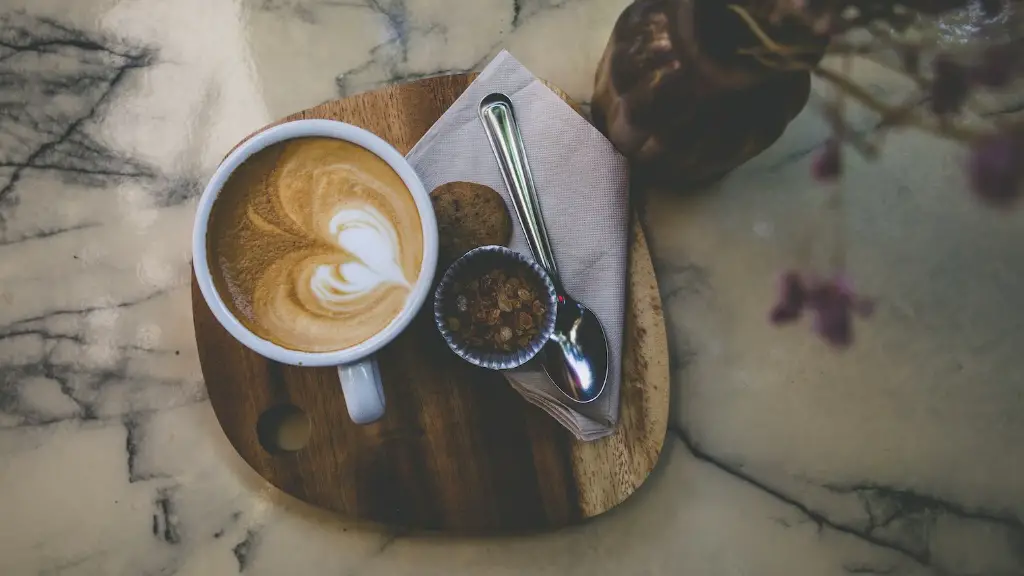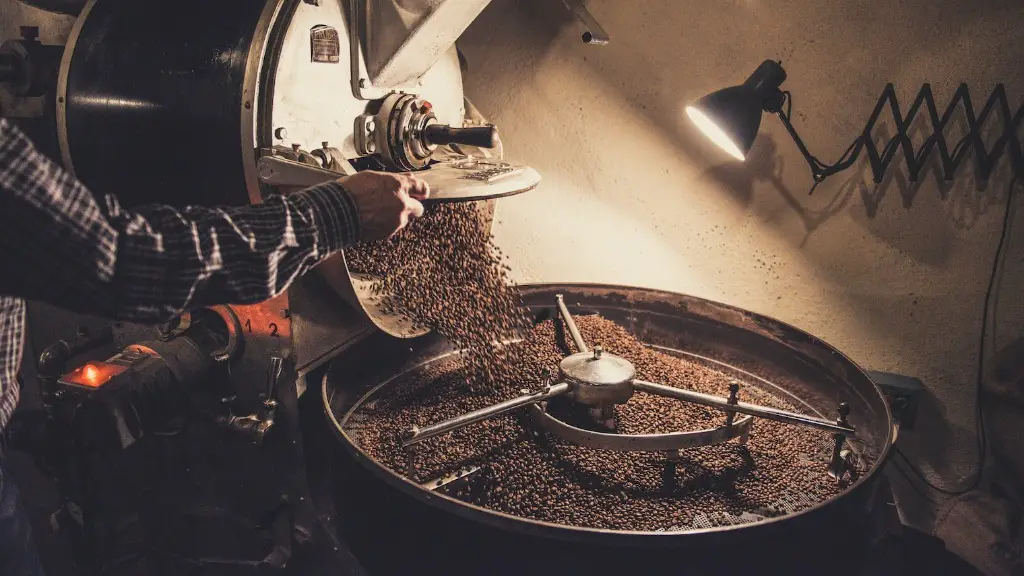Italians are known worldwide for their love of coffee. In recent data, Italians consume an average of 550 cups of espresso per person per year. On an average day, Italians may drink coffee at home but also visit coffee houses to enjoy their favorite espresso drinks. But what exactly is it about coffee that’s so important in Italy? It’s not just about the coffee—it’s about the tradition of coffee culture that’s been passed down for generations.
Italy is known for espresso, a concentrated coffee drink that provides a burst of energy and flavor. It’s made from a blend of beans roasted on-site in coffee shops. These are usually a blend of Arabica and Robusta coffee beans. The liquid is usually produced by pressing hot water through a filter—filtering the flavour and intensity of the coffee, producing a strong espresso shot.
Espresso is brewed under pressure, which is why it’s so popular in Italy. This is how it releases better flavors into the brew. Italians prefer to sip their coffee slowly rather than chugging it down, and they also like more caffeine in their drinks. As a result, they prefer high-quality, robust coffee.There are a few other types of coffee popular in Italy, such as cappuccino, macchiato, affogato, and caffe latte. Cappuccino consists of espresso and steamed milk, with a dollop of foam on top. It’s the most popular type of coffee in the country. Macchiato is similar, but instead of steamed milk, it’s made with espresso and a shot of foamed milk, giving it a creamy texture. Affogato is a combination of espresso and ice cream, giving it both a sweet and strong flavor.
An Italian-style latte, or caffe latte, is espresso mixed with steamed milk. Unlike a cappuccino, it’s made with espresso, steamed milk, and just a small drop of foam. It’s usually served in a taller cup than cappuccino. Italians usually don’t add sugar to their coffee, instead opting for more robust and flavorful tastes. As a result, Italians tend to produce higher quality coffee than other countries.
In addition to the different types of espresso, Italians also enjoy a variety of other options when it comes to coffee. Coffee made with drip coffee makers, or moka pots, is another popular option. Moka pots are a traditional Italian way of making coffee, and they come in a variety of sizes and shapes. They produce a mild and sweet-tasting cup which is often enjoyed without milk or sugar.
Finally, Italian-style iced coffee is also popular. This can be made in a variety of ways, from mixtures of espresso and cold milk to espresso with ice cream and lots of sugar. Italian iced coffee is often served in a tall glass with a straw or spoon for stirring. It’s both sweet and refreshing, making it popular in hot summers.
Coffee Quality
The quality of coffee in Italy is generally quite high, thanks to the country’s long history of passion for coffee and its advanced roasting and brewing techniques. Espresso machines and moka pots are produced at a high quality, resulting in a full-bodied, intense flavor in each cup. In addition to these traditional methods, greener methods of roasting and brewing such as cold brew and vacuum brewing are also becoming popular. This allows Italians to create even more intense and flavorful coffees.
Today, there are a variety of specialty coffee shops popping up in major cities all over the country. These cafes often employ knowledgeable baristas who can prepare specialty drinks that give customers the perfect balance of strength and flavor. The coffee scene in Italy is constantly evolving, which contributes to the unique variations in flavor that are being created.
The Italian coffee culture is full of rituals and traditions. It’s not uncommon for Italians to meet for ‘espresso hour’ every morning or afternoon. During this time, they will often catch up with one another over a cup of coffee. This whole experience is part of the Italian coffee culture, which makes it more than just a drink—it’s a social gathering place.
Coffee Education
In order to ensure the quality of coffee in Italy, educational programs have been developed to teach people how to brew and enjoy coffee in the right way. Programs like the Barismo Academy of Coffee are designed to teach people how to hone their coffee-brewing skills. They offer courses in espresso, latte art, and coffee science that teach valuable methods of brewing and analyzing different types of coffee.
In addition, the Italian Coffee Institute is a non-profit organization that seeks to promote the culture of coffee in Italy. They are dedicated to educating and inspiring the next generation of coffee professionals. They offer courses in coffee science, roast profiling, espresso preparation, and different brewing methods. They also provide sensory assessment courses to train people how to taste and evaluate coffees.
Lastly, a number of universities in Italy offer courses in coffee science. These courses cover the entire process of coffee production, from harvest to brewing. Students learn everything from bean selection to coffee roasting and Finally, espresso extraction. This hands-on approach to learning allows students to truly understand the process of making great coffee.
Evolving Trends
In recent years, Italy has seen an influx of new coffee trends and styles. Italian coffee shops have begun to offer specialty coffee drinks such as pour-over, cold brew, and other iced coffee varieties. In addition, single-origin coffee is becoming increasingly popular among both baristas and customers.
Organic, fair-trade, and farmers market coffees are also gaining traction in the country. These coffee varieties are becoming more accessible to coffee drinkers, making them more popular and attractive. Consumers in Italy are also looking to explore different coffee varieties from around the world, pushing coffee shops to expand their selection and increase their knowledge.
This movement is particularly supported by coffee shops and bars, who are more willing to invest in the best coffee beans and equipment. Many are creating high-end tasting menus that allow customers to explore the different flavor profiles of coffee in an educational and entertaining way. This creates an all-round experience that elevates the coffee drinking experience.
Coffee Communities
The Italian coffee scene has become more open and collaborative in recent years, allowing for different communities to form and learn from each other. Social media platforms like Instagram, Facebook, and Twitter are great places for people to share their latest coffee finds and experiences. Coffee enthusiasts can connect with baristas, roasters, and the general public, forming a global community and promoting greater collaboration between those who are passionate about coffee.
In addition, coffee competitions have been gaining momentum in Italy. Competitions like the Italian Coffee Championships, or Barista Championship, have been hosting regular events to promote the craft of coffee making and to challenge and inspire baristas to create amazing drinks.
Lastly, Italy is also home to a number of ‘coffee clubs’, which offer members exclusive access to new roasts and coffees, as well as interesting events and educational opportunities. These provide a connection point for coffee enthusiasts who love to learn more about their craft. Clubs also often support local coffee productions and small businesses.
Coffee’s Cultural Stature
In Italy, coffee isn’t seen as just a beverage—it’s part of the culture. Italians take pride in the process of making coffee, from grinding the beans to pressing the espresso. It’s also not seen as an inconvenient or time-consuming task—coffee is something to be savored, enjoyed, and appreciated. Coffee is also seen as social currency—an easy way for family members, friends, and strangers to connect.
Coffee in Italy has a long and important history. Over the centuries it’s been embraced by different cultures, from the Romans to the Venetians. It has often been used to symbolize wealth and sophistication, being present in the lives of royalty, intellectuals, and artists. This tradition of enjoying coffee continues today, with coffee shops almost as ubiquitous as churches and monuments throughout Italy.
In many ways, coffee plays a vital role in the lives of its people. It’s held at a higher cultural standard and treated with reverence, respect, and tradition. Its role in Italian culture can’t be underestimated—it transcends geography, language, and industry. Coffee unites the people of Italy and brings them together in a way that few other things can.
Conclusion
Italians have a long-standing love affair with coffee. From traditional espresso shots and cappuccinos, to specialty brews like pour overs and cold brews, different types of coffee suit different people’s needs. Coffee has become part of the Italian lifestyle, of which the country should be proud. With the combination of high-quality beans, advanced brewing techniques, and vibrant coffee cultures, Italy has become a leader in the world of coffee.





